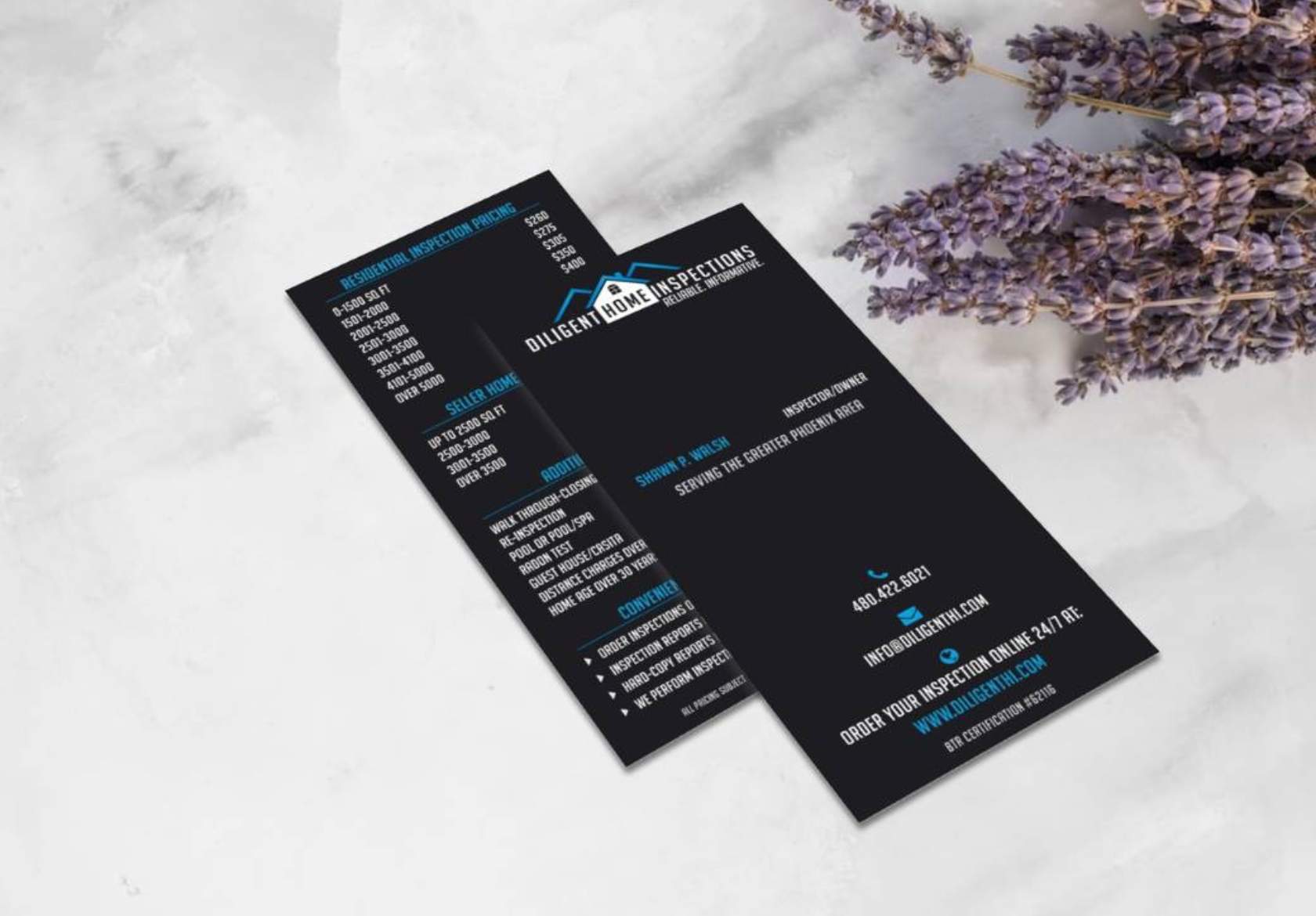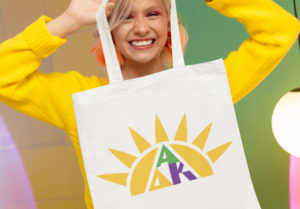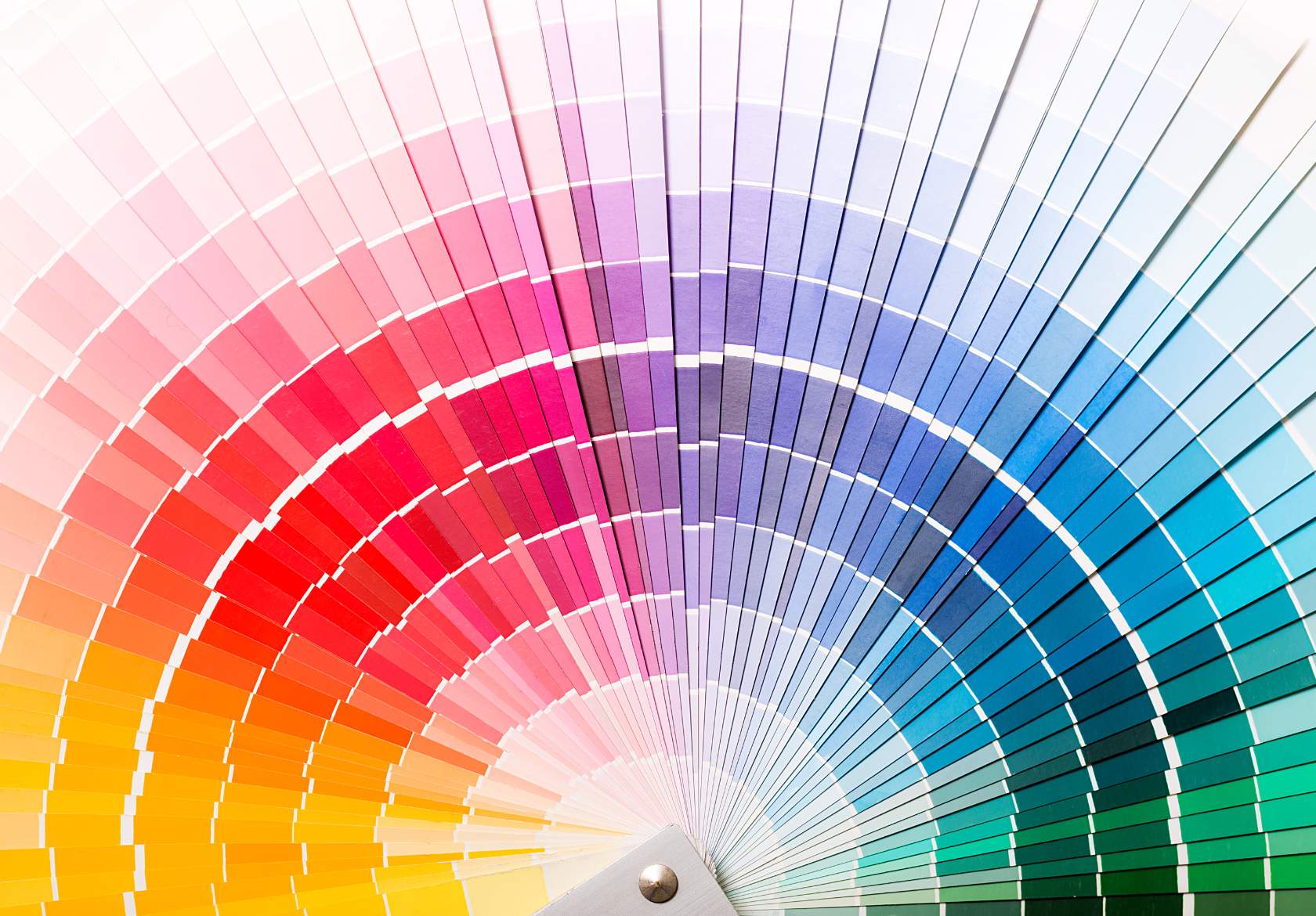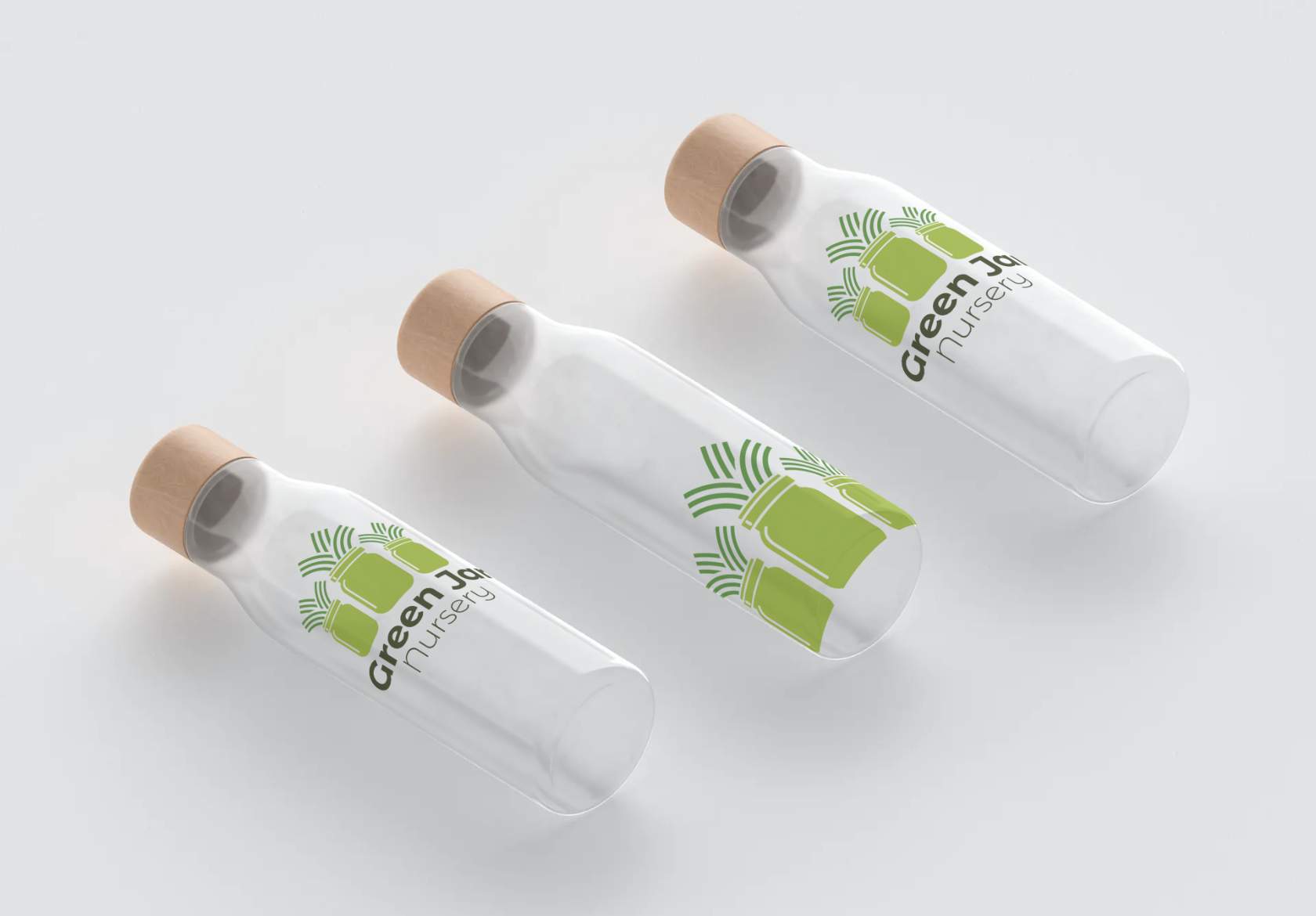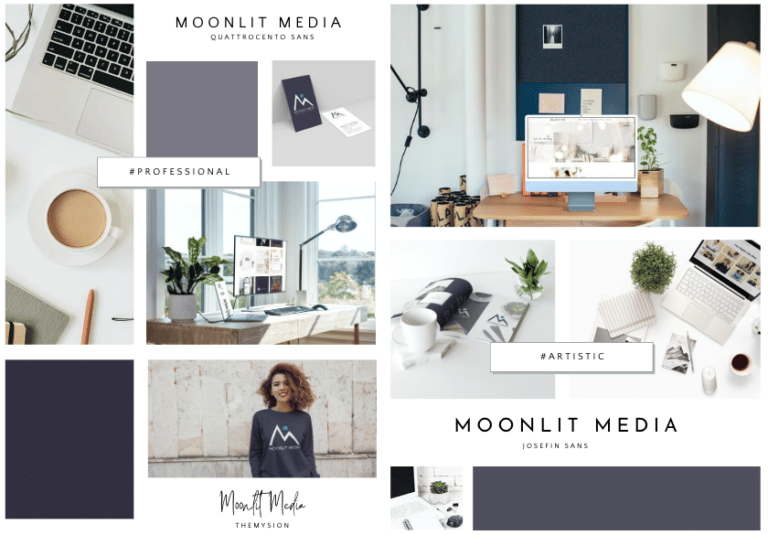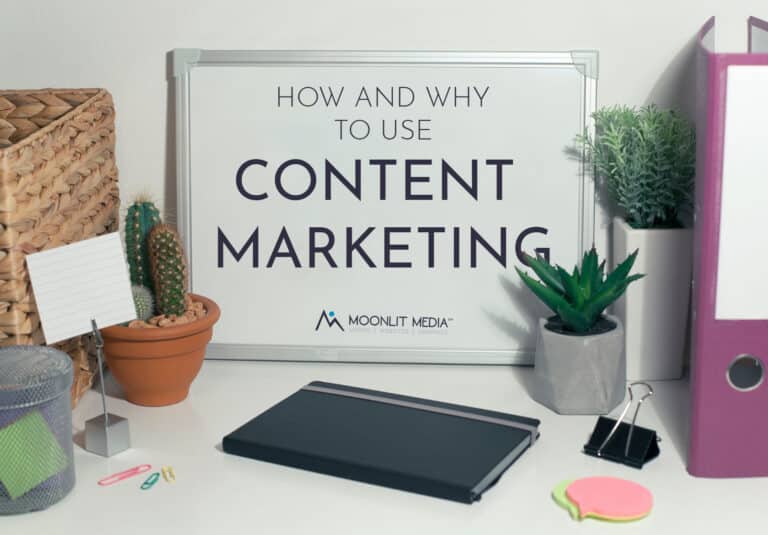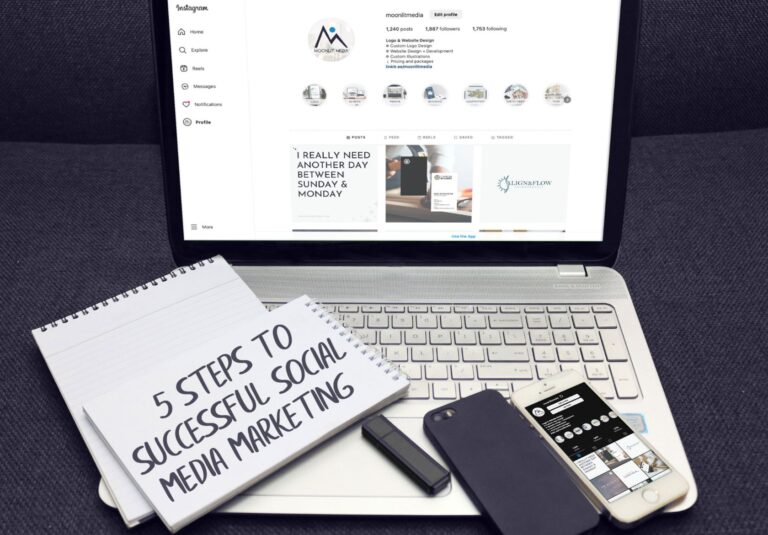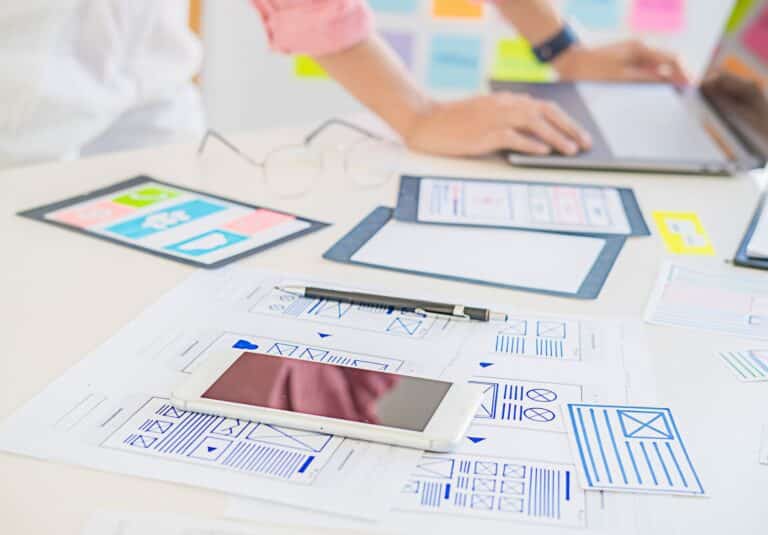Graphic design is a versatile field that spans multiple mediums, each with its own unique requirements and considerations. When designing for web versus print, it’s essential to understand the key differences to ensure your work is effective and appropriate for each medium. Here’s a comprehensive guide to the main distinctions between web and print design.
1. Resolution and DPI/PPI
Print Design
- Resolution: Print designs require high resolution for clarity and detail. Standard print resolution is 300 DPI (dots per inch).
- File Size: Larger file sizes are acceptable because they ensure high-quality prints.
Web Design
- Resolution: Web designs use a lower resolution of 72 PPI (pixels per inch), which is optimized for screens.
- File Size: Smaller file sizes are crucial for faster loading times and better performance on websites.
2. Color Modes
Print Design
- Color Mode: Graphic design for print uses CMYK (Cyan, Magenta, Yellow, Black) color mode, which is suitable for the printing process.
- Color Matching: Print colors can vary due to differences in printers, inks, and paper, requiring careful color proofing.
Web Design
- Color Mode: Graphic design for web uses RGB (Red, Green, Blue) color mode, which is ideal for digital screens.
- Color Consistency: Colors may appear differently on various devices and screens, necessitating design adjustments for consistency.
3. File Formats
Print Design
- Preferred Formats: PDF, EPS, TIFF, and high-resolution JPEGs are commonly used for print.
- Vector Graphics: Often used for logos and illustrations to ensure scalability without loss of quality.
Web Design
- Preferred Formats: JPEG, PNG, GIF, and SVG are standard formats for web.
- File Compression: Optimizing images to reduce file size without significantly compromising quality is crucial for web use.
4. Typography
Print Design
- Fonts: Greater flexibility with font choices as print supports a wide range of typefaces.
- Legibility: Focus on readability at various sizes and distances; print typically allows for more intricate fonts.
Web Design
- Web Fonts: Use of web-safe fonts and Google Fonts to ensure compatibility across different browsers and devices.
- Legibility: Emphasize readability on screens, considering various screen sizes and resolutions.
5. Layout and Composition
Print Design
- Fixed Layout: Print designs have a fixed size and layout, providing complete control over how the design appears.
- Margins and Bleeds: Considerations for trimming and printing require additional space (bleeds) to ensure no important elements are cut off.
Web Design
- Responsive Layout: Web designs must be flexible and responsive to adapt to different screen sizes and devices.
- Grid Systems: Use of CSS grid systems and frameworks to create fluid layouts that adjust dynamically.

6. Interactivity
Print Design
- Static: Print design is static with no interactivity; it relies solely on visual appeal and readability.
- Engagement: Limited to the physical interaction of the reader with the printed material.
Web Design
- Dynamic: Web design allows for interactive elements like buttons, links, animations, and multimedia.
- User Engagement: Enhanced through interactive features and user-friendly navigation.
7. Distribution and Audience
Print Design
- Distribution: Physical distribution through mail, in-store, or events.
- Audience: Targeted based on geographical location and physical reach.
Web Design
- Distribution: Digital distribution through websites, social media, and email.
- Audience: Global reach with the ability to target specific demographics using digital marketing tools.
8. Graphic Design Cost Considerations
Print Design
- Production Costs: Higher due to printing, materials, and distribution expenses.
- Revisions: More costly and time-consuming once the material is printed.
Web Design
- Production Costs: Generally lower; costs are mainly associated with design, development, and hosting.
- Revisions: Easier and quicker to implement updates and changes.
Conclusion
Understanding the key differences between designing for web and print is essential for creating effective and appropriate designs for each medium. By considering factors such as resolution, color modes, file formats, typography, layout, interactivity, distribution, and costs, designers can tailor their work to meet the specific needs and constraints of both web and print environments. Embracing these distinctions ensures that your designs will resonate with your audience and achieve their intended purpose, whether in print or online. Reach out to our team today and let us help you find the right marketing strategy.

